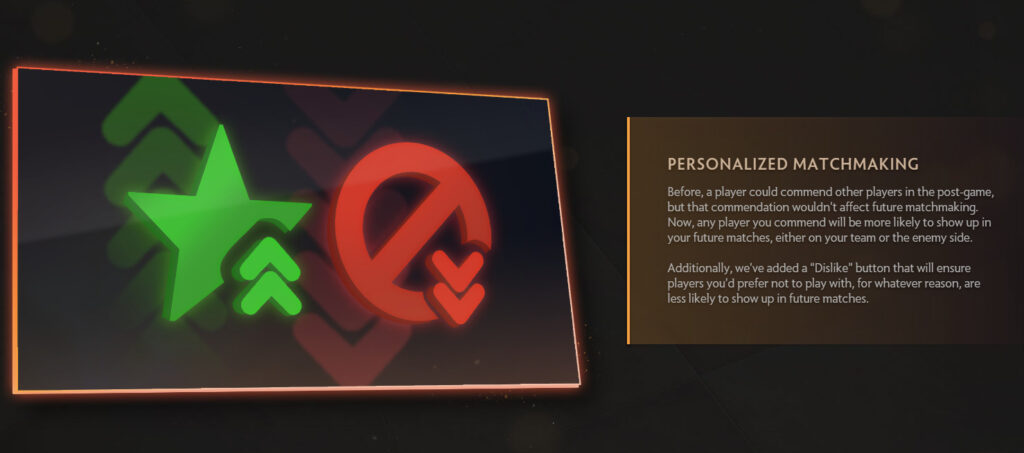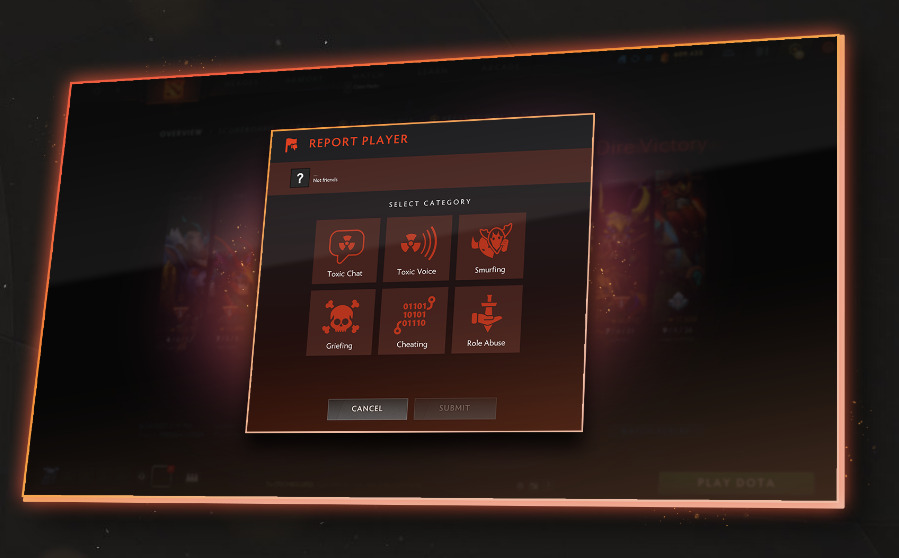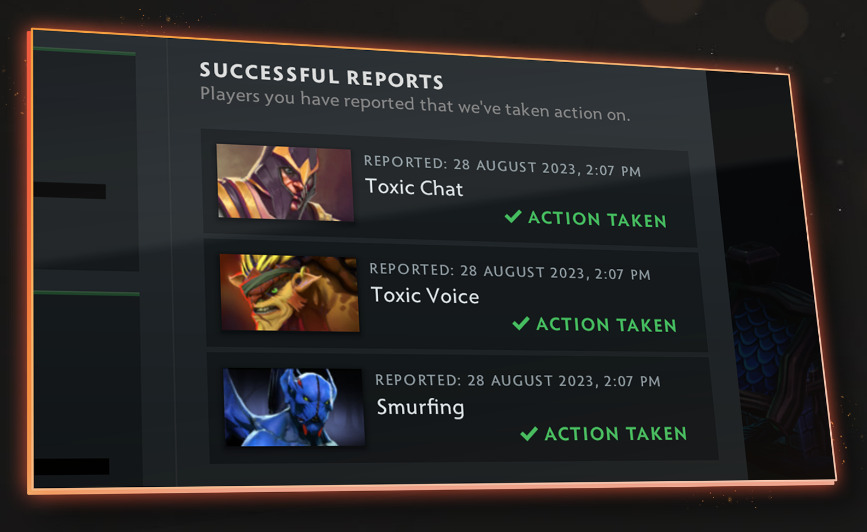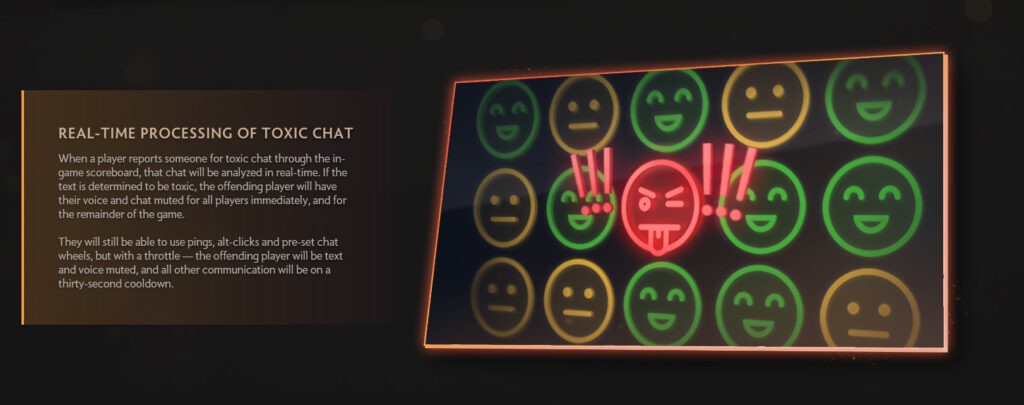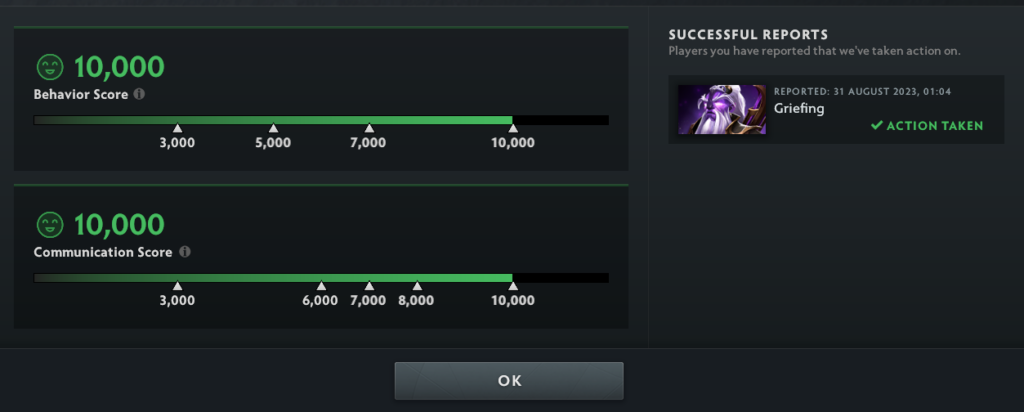Toxicity be gone! Dota releases new reporting and matchmaking interface to improve gameplay experience and combat toxic behavior.
In the Dota 2 Summer Client Update, Valve continues to combat in-game toxicity by further improving the reporting and matchmaking system. With new commendation features and an overhauled reporting system, today's Dota 2 update is a sign of dedication to "making Dota a better place to play, together."
Commendation in Dota now affects future matchmaking
Previously, there was absolutely no point to Dota's "Commend" feature other than to show appreciation for your teammates. Now, commending other players will increase the odds for them to reappear in future matches. However, they can show up as either your ally or opponent. So take care of who you'd like to commend.
In addition, there is now a "Dislike" button that reduces the chances of meeting players you'd rather not play with. This is not the same as the Dota Plus "Avoid" feature that prevents you from becoming teammates altogether. However, it helps get you away from toxic players.
A complete overhaul to the reporting system
The Dota reporting system introduces new, more versatile categories to improve your matchmaking experience. Before, you could only report players for communication, matchmaking, or smurfing/account-buying abuse. Now, that all has changed to:
- Toxic Chat
- Toxic Voice
- Smurfing
- Griefing
- Cheating
- Role Abuse
With more precise categories, Dota can better discern player violations by parsing through a wide range of data. That said, the best change is the fact that there is no longer a limit on how many times you can report players. You can also report bad behavior on the enemy team. The increased number of reports will also help Dota identify bad actors in reporting.
Dota now recognizes good reporting
In the old system, Dota lets you know when an action is taken against someone you reported. However, it does not indicate who and when. Now, you can see exactly which player Dota has taken action against along with the reporting date and violation. You can feel more at ease knowing with certainty that a player you reported is convicted.
Related articles
Real-time processing of toxic chat reporting in Dota
It seems like Dota has deployed artificial intelligence to analyze and identify toxic chat in the game. When you report players in-game for toxic chat, Dota will analyze the texts in real time. Upon investigation, if the impending texts are in fact toxic, then the violating player will be muted immediately for the rest of the game.
Behavior and communication scores
Last but not least, Dota has added a Communication Score on top of the existing Behavior Score. This is to clearly distinguish between toxic actions and toxic communication. Actions include destroying items or going AFK. Whereas communication includes flaming in chat or using voice. The score cap is also raised to 12,000 and your previous score carries over. For example, if you have a 10,000 behavior score you will now have a 10,000 behavior and communication score.
Your scores also affect your accessibility in the game. If you have less than optimal behavior score, you may lose access to post-game item rewards or the ability to queue ranked games. Alternatively, having a low communication score will lose you access to all communications.
The Dota's reporting and matchmaking system is not the only thing that changed thanks to the surprise Summer Client Update. Be sure to check out our article for a full summary of all the cool new and exciting things that just dropped in Dota.
For more Dota 2 news, stay tuned to esports.gg.
